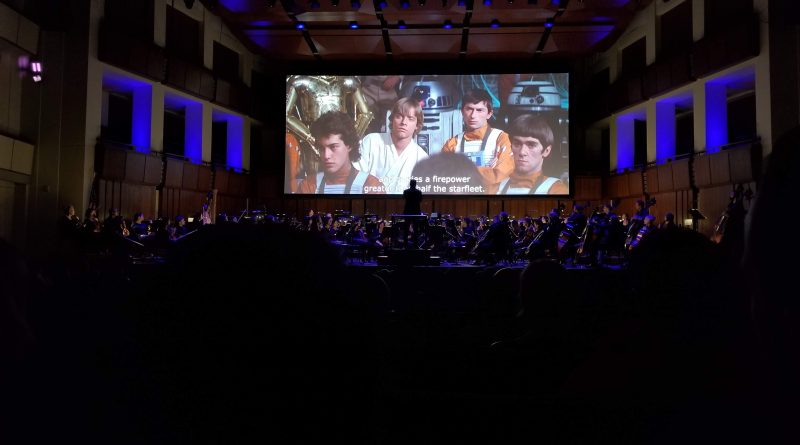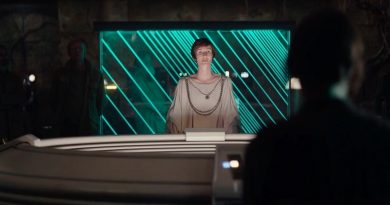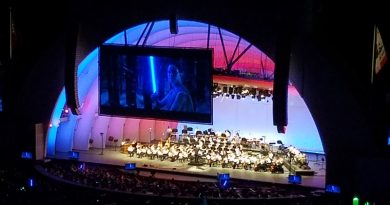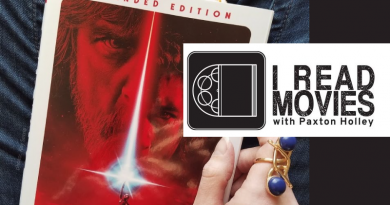Finding Star Wars In 2019

A strange thing about stories —
Though this all happened so long ago and so far way that words cannot describe the time or the distance, it is also happening right now, Right here.
It is happening as you read these words. (Revenge of the Sith, Matthew Stover).
At the start of the year Anthony Breznican posted an article about all the things Star Wars fans have to look forward to in 2019. From new live action and animated television shows, to books and comics, the year is punctuated by what I see as two critical lynchpins for the fandom: Star Wars Celebration and Episode 9. If all goes well, it may be an incredible year for Star Wars.
Last June, I published a piece about my faith in the franchise, where much of my hesitancy came from standing on the periphery where, unlike in years past, I did not live and breathe the galaxy far, far, away. From this vantage point it was unsettling to watch the agita about how the story was being told, who was included, coupled with the constant insistence by others that being critical was anathema to being a fan.
I struggled with my own tug of war — between wanting to just enjoy the ride, and recognizing, in my opinion, the enormous waste of potential that was engaging the franchise in every turn. I admitted then that I am, at heart an optimist and that I hate finding fault in things I love – and become frustrated when that becomes one of the central fixtures in the matter.
And so, starting in June, I began to remind myself of why Star Wars mattered to me. With Star Wars Celebration and the rest of the year to come, I thought I would share that journey with you.
This month – I’m going look at Star Wars as a historian.
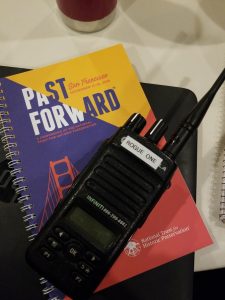
Filling Gaps in the Narrative
As a historian Star Wars is more than just a series of films. While I know that it is fiction, I do like to buy into the conceit that we are watching a reel of events that have happened a long time ago, in a galaxy far, far away. Like other pieces of information, we get from outer space it is bent by sound and light waves to provide a perspective that is perhaps, not entirely complete. Lost in translation.
One of the critical pieces of my practice is to look for tools and strategies to tell the full history of the past. I often ask the following questions: What are we missing? Whose stories are being silenced or dominated? When you pull those questions into the Star Wars universe they get even broader: Whose perspective is driving the narrative? What piece of the story are we getting just from the movies, that could become richer and more valuable through the novelizations or television shows?
For me this is part of the fun, especially since I knew that when the focus is centered on a single person, we lose the agency and perspective of individuals I want to learn more about. As a young adult I loved filling in those gaps by writing Star Wars stories of my own.
Keeping that reason in mind, I thought I would look beyond the films to reconnect with the story, and so this past fall I joined a Twitter book club run by Christy (@writerchick3). While discussions take place through a Twitter direct message thread, this group of fans have engaged with the novelizations of each of the films. So far we’ve just done the three prequels (January is for Solo) and have had some pretty fun (though short) discussions. Personally, I love how these books gave me what the movies could not: detail.
Take Revenge of the Sith — Matthew Stover is masterful. In approaching this installment as an element in a dramatic myth he emphasizes the role of architypes in pushing forward this slowly moving destruction of a civilization. His tone, texture, and ability to fill in gaps and perspectives enriches George Lucas’ onscreen story.
This is Padmé Amidala:
She is an astonishingly accomplished young woman, who in her short life has already been the youngest-ever elected Queen of her planet, a daring partisan guerrilla, and a measured, articulate, and persuasive voice of reason in the Republic Senate.
But she is, at this moment, none of these things. (Revenge of the Sith, Matthew Stover)
However, I often want more from Padmé. It is true that she is actively present in all three of the films, but it is sometimes hard to really understand her motivations. After reading Stover’s novelization I am appreciative of the more multi-dimensional view of Padmé we get, but I still walk away from the book feeling like we don’t know the whole story. I know that the focal point of the prequel’s is the rise of Darth Vader so it matters less (from the perspective of the movie) why Padmé makes the decisions she does. Rather for the sake of Anakin’s downfall, we just need to know that her decisions, no matter how she decided to act, had direct consequences on Anakin’s behavior.
Seeing this narrative reminds me of how the histories we have of people of color and women are couched in terms of the (white) men who surround them. And I wonder what this story would have been like with Padmé at the center. How much more connected would we have felt to the loss, if we understood who she was even more.
This is all to say that, through the process of re-reading (or reading in the case of some of the newer books) the novelization I am remembering the way the Galaxy Far, Far Away sparked my imagination. It forced me to weave adventures and journey’s that I wasn’t getting on the screen, to tell stories of characters who lacked acknowledgement or attention. It taught me scope and perspective, and underscored some critical thinking skills to look beyond what is presented before me as the absolute truth. Because, as we were told by Obi-Wan, we will “find that many of the truths we cling to depend greatly on our own point of view.”
This is why I love Star Wars.
Note: For all this talk of Padmé, I am looking forward to EK Johnston’s forthcoming book Queen’s Shadow. And yes, while I talk a lot about how fun it is to fill in the missing pieces, I would love if the saga continued to give us more characters like Rey, Finn, Poe, and Rose on screen.
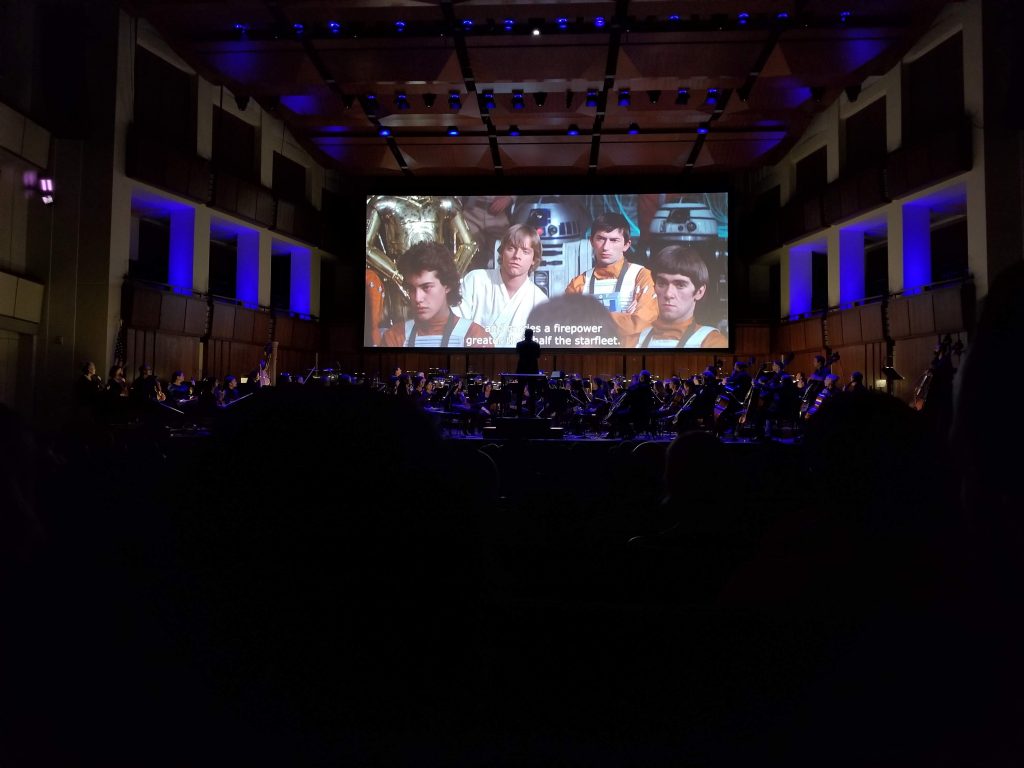
- Imagining a New World at FUTURES - January 10, 2022
- Escape to WandaVision - February 24, 2021
- Regency Daze and the Magic of an RPG - January 5, 2020

